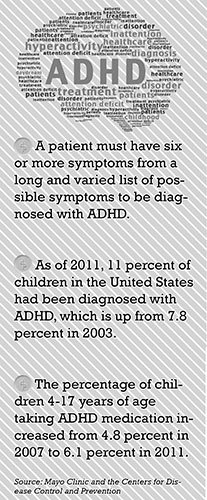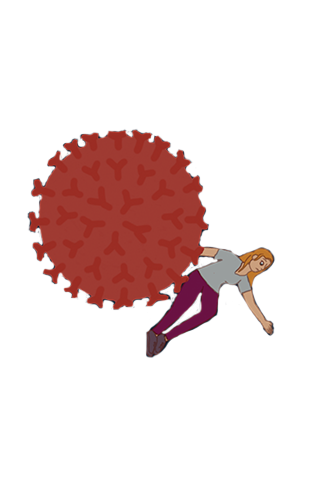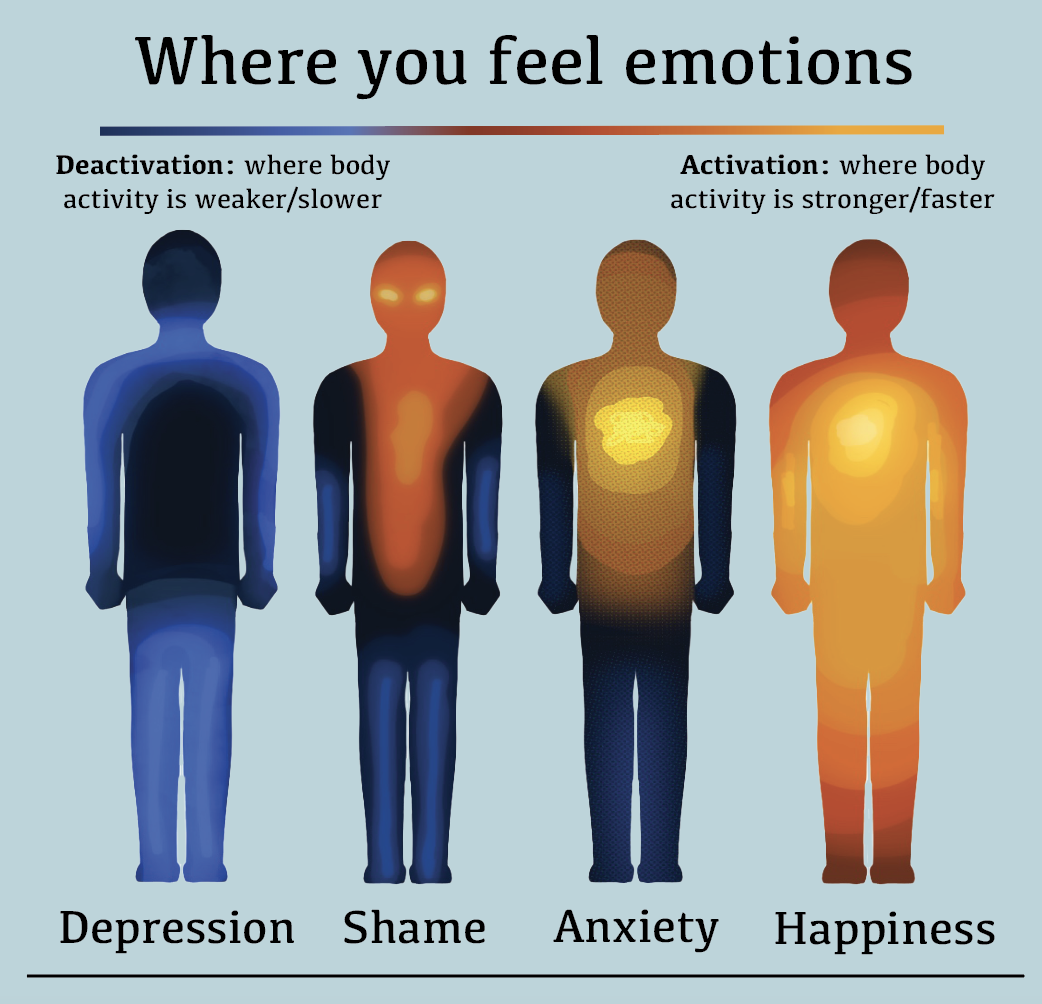Can’t lose that last ten pounds? Pop a pill with breakfast. Have a stress headache? Take a couple Advil. We live in a society with a focus on quick-fix solutions, and a benefit of living in the modern medical age is our ability to cure certain plaguing issues with the snap of our fingers. In our zeal to “fix” all possible ailments, however, we may go too far and do more harm than help.
One mental malady that has been in the spotlight as a disorder to identify and treat: Attention Deficit Hyperactive Disorder (ADHD). I’ve certainly noticed the considerable number of students around me who receive extra time on tests like the ACT or talk openly about the effects of a new ADHD medication. As someone who’s admittedly never really had issues maintaining focus, the amount of people around me who do surprises me a little.
I want to be clear: ADHD is a very real diagnosis, and it’s a constant, daily struggle for those with the disorder. Senior Aaron Kahn was diagnosed with ADHD during his sophomore year. After one of his friends got diagnosed, Kahn recognized the same symptoms in himself—an inability to focus in class and in conversations and a tendency towards impulsivity.
After multiple tests over a two-day period, Kahn was diagnosed and prescribed medication to treat his disorder. Extensive testing like this is the most thorough and responsible way to confirm an ADHD diagnosis, although it’s not required. According to Mayo Clinic, a patient must have six or more symptoms from a long and varied list of possible symptoms to be diagnosed with ADHD.
This seems to create a sort of gray area—I may “procrastinate” and “avoid doing homework” sometimes, but I’d imagine it could be difficult to distinguish when those tendencies start happening too much. A detrimental level of severity is based off the client’s testimony and the doctor’s definition of what is severe enough to be labeled as a disorder.
ADHD may have a gray area that leaves certain diagnoses up to the doctor at hand, but what’s worth noting is that over the past couple decades, the ADHD diagnosis has become an upward trend. According to the Centers for Disease Control and Prevention (CDC), as of 2011, 11 percent of children in the United States had been diagnosed with ADHD, which is up from 7.8 percent in 2003. This is over one in every ten kids, which is a substantial amount.
This trend likely has multiple causes. One cause is kids who could benefit from medication being identified who would otherwise unnecessarily struggle. However, these diagnoses have also continually increased with the introductions of different stimulant medications to treat ADHD, such as Ritalin, Adderall and Concerta, according to the CDC.
In the late 1990s, the Huffington Post said that certain regulations changed, and drug companies began to advertise directly to consumers. They started pushing ADHD medication to parents and paying some doctors to prescribe medication easily as a first-step solution. On a national scale, ADHD became more readily prescribed, the responsible standards of a diagnosis dropped, and a disorder became a trend.
It’s worrisome when we generalize a true medical disorder. It’s in as simple a thing as our language: I’ve noticed myself occasionally using the phrase “I’m so ADD” when I get distracted in a conversation or forget to finish a school assignment. I know that myself and others who use this language aren’t actually self-diagnosing, but it reflects a mindset that sees labels as the adequate way to describe ourselves and diagnoses as the most accurate way to organize and deal with our problems.
Once again, I think it’s a good thing that the century we live in allows us to use medical solutions to have easier lives, but medication is not the ultimate solution for everybody. According to WebMD, most ADHD medications like Adderall, Ritalin and Concerta are stimulants. This means they elevate levels of neurotransmitters in the brain like dopamine and norepinephrine, which increase nerve signal transmissions and heighten focus.
These neurotransmitters serve a wide variety of functions in the brain, so manipulating them is nothing to take lightly. Not to mention, there are typical side effects for ADHD medications like nausea, headache and insomnia, according to WebMD.
Kahn has experienced a great positive change by taking medication. It’s definitely a valid, helpful option, but one that should be decided on with thoughtfulness and responsibility. All in all, I believe that by starting with the most natural, holistic solutions to a problem, you’ll create a stepped approach to finding the best solution for you.
If you’re struggling with staying focused or any other potential symptoms of ADHD, consult a doctor who will take time to assess you carefully and come up with a thoughtful plan to cope that works best for you. Whether that plan includes medication or not, developing a treatment step-by-step will help you make choices that are most responsible for your body.









